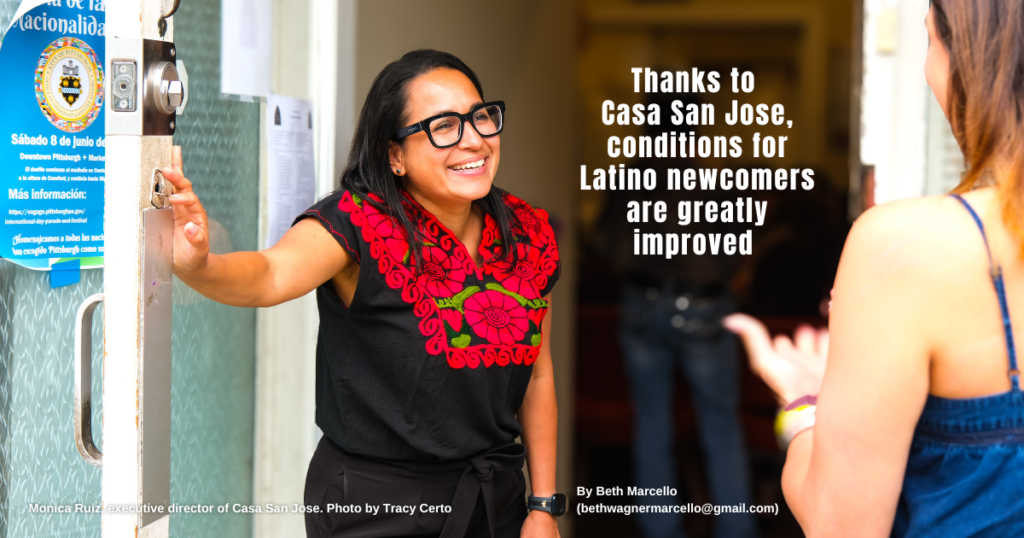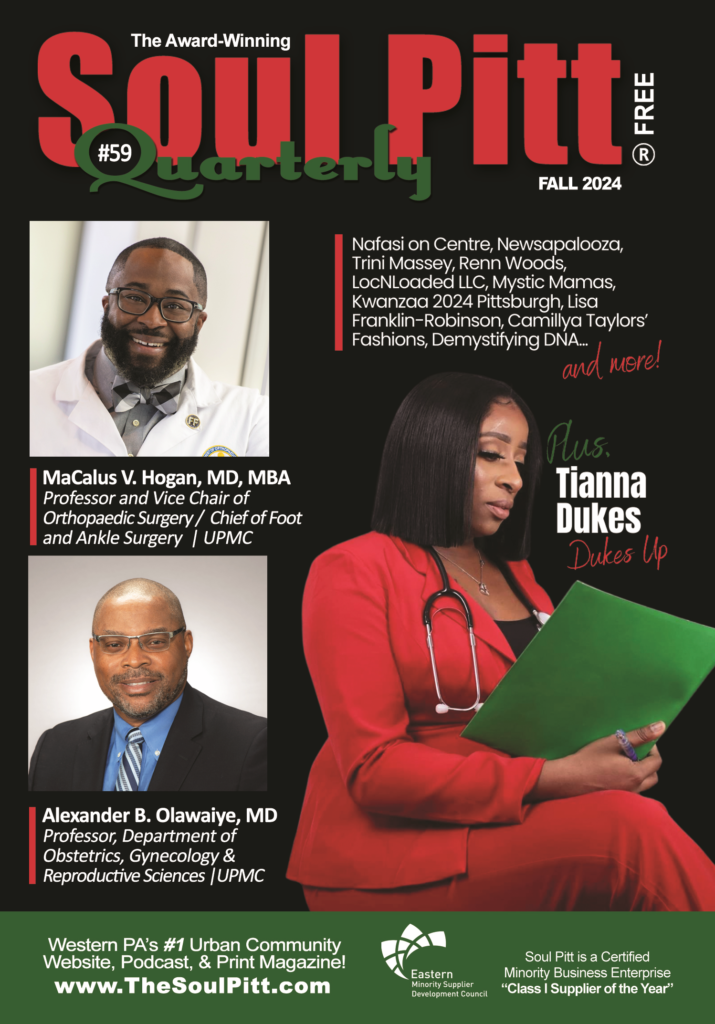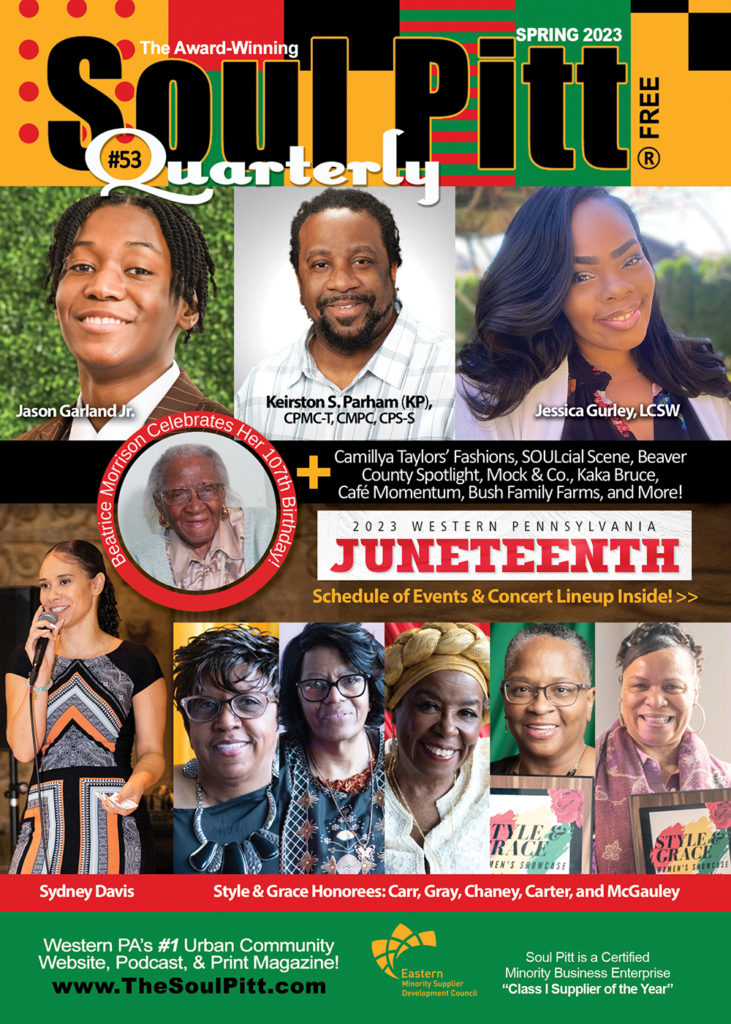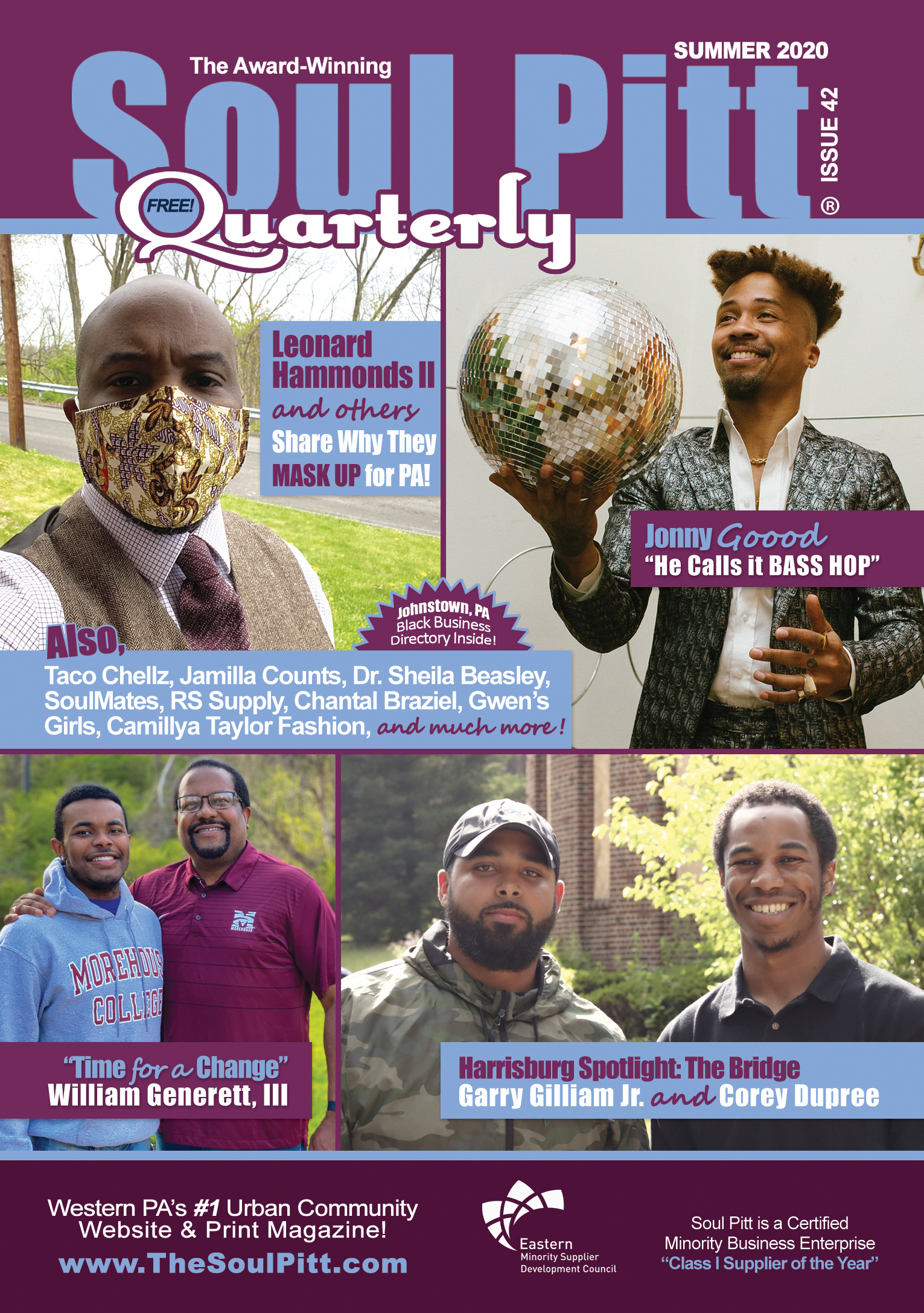
The nonprofit now provides much needed services to 6000 Latinos a year, up from 400 just four years ago.
Monica Ruiz, a half-Guatemalan American citizen fluent in Spanish, was born and raised in Cleveland. But when Pittsburghers tell her to “go back where you came from” –- an insult she hears weekly —they’re not talking about her returning to Cleveland.
Ruiz has a theory about why so many Pittsburghers are antagonistic towards her and the population that her organization, Casa San Jose, supports: They’re afraid.
“When the steel industry collapsed 50 years ago in Pittsburgh, the people who stayed here developed a scarcity mindset,” says Ruiz, executive director of Casa San Jose, a non-profit in Pittsburgh’s Beechview neighborhood that helps Latino newcomers acclimate to life in Western Pennsylvania.
“They wanted life to stay the way it was,” Ruiz explains, “and they’re still holding onto that identity.”
It’s ironic, given that Pittsburgh’s steel dynasty was built by a melting pot of immigrants. Today, newcomers from around the world are stirring that proverbial melting pot, creating anxiety among born-and-raised Pittsburghers that the city’s history will become forever changed and forgotten.
“When we come together, we grow together,” says Ruiz. “We can’t continue to operate in the mindset of scarcity. We have to change hearts and minds.”
Ruiz believes that another reason that some Pittsburghers fear an influx of Latinos is a misunderstanding about why they’re coming.
“They come here for one thing and one thing only,” Ruiz explains, “a hunger to work and have a better life.”
It’s not uncommon for adult clients of Casa San Jose to work two or three physically demanding jobs, and for kids to work two. Often, teenagers are here having crossed the border on their own. One young man, now in the Carpenter’s union, was just a boy when he was trafficked and forced into labor in Pittsburgh. Another lived in a house with more than a dozen other immigrants, sleeping on a cot in a moldy basement between shifts in the restaurant and construction job. He was making about $500 a week—as much as the parents he left behind in Mexico earned in a year.
“They’re grateful for the opportunity to be here, so they take the abuse,” says Ruiz.
Thanks to Casa San Jose, conditions for Pittsburgh’s Latino newcomers are dramatically improving.
The organization has evolved and grown since its incorporation by The Sisters of St. Joseph in 2014. When Sister Janice Vanderneck began supporting Latino immigrants two decades ago, immigration was seasonal and the needs of the mostly men who came to Pittsburgh for work were simpler than needs of the families who come here now to put down roots.
Sister Janice bridged the language barrier for workers who needed temporary housing and medical care. Then the situation at the Mexican-American border changed. Seasonal workers who could no longer easily travel between Pittsburgh and home ultimately brought their families and settled here, and Sister Janice’s sought-after generosity and resourcefulness led to the establishment of Casa San Jose (translated as the House of St. Joseph).
Four years ago, Casa San Jose serviced 400 people. Today, it’s nearly 6000, says Ruiz. The small but mighty nonprofit is struggling to keep up with the exploding demand with an ever-growing staff of 27 and 100 or so volunteers. In addition to providing a wide range of emergency, housing, healthcare and social services for Latino newcomers, Casa San Jose offers after-school, Saturday and summer programs for children and teenagers.
While the language barrier is still the biggest challenge for Latino newcomers, adapting to a completely different culture and climate is also confounding. Monique Herrera, the bi-lingual lead case manager for housing and child protective services at Casa San Jose, ticks off a list of everyday items with which newcomers from impoverished areas in countries such as Mexico, Honduras, El Salvador, Nicaragua and Guatemala are unfamiliar.
- They don’t know how to use gas and electric appliances. Some don’t even know what a mop looks like or how to turn on the shower.
- They’ve never seen snow and frigid temperatures, so they don’t know to wear coats and boots in the winter.
- They don’t know that their kids can be taken away from them if they’re left at home alone when parents go to work.
- If they’re stopped by police, they don’t know that they’re not supposed to get out of the car to talk to the officer or offer them money as they do in their native country.
Herrera is passionate about helping newcomers set up a life in Pittsburgh because she was once a newcomer herself. “I feel like it’s my mission in life to help those in need who don’t know how to navigate in America.”
Now in her 30s with children and a green card, Herrera was three when her parents brought her to Pittsburgh. There was no Casa San Jose then, no emergency house where they could stay for as long two weeks when the shelters were full, no one like Herrera to welcome them in their language and show them the ropes, no English Language Learning classes like there are today.
“At Casa San Jose, we’re teaching them to move on in life, to not put boundaries on themselves,” says Herrera.
Fernanda Ruiz, who was four in 2001 when she and her parents immigrated to Pittsburgh on a Visitor’s visa, helped to develop the organization’s youth curricula. She joined Casa San Jose as a full-time intern during her junior year of college with a vision to create a culture for Latino kids different from what she experienced at their age.
When Fernanda, now a recruiter for Teach for America, was growing up in Pittsburgh’s South Side neighborhood, there were no programs specific to her needs or that didn’t require citizenship. Today, Casa San Jose’s youth programs are safe spaces where kids can have fun, talk about their difficulties and be themselves. They can also speak their native language without feeling the embarrassment that Fernanda often felt as the only Hispanic in her school, she says. Back then, Fernanda never heard Spanish spoken by anyone outside of her home.
The youth programming also exposes the kids to all that Pittsburgh has to offer.
“Students need to know that this is their city, but many parents fear allowing their kids to go out because of their immigration status,” says Fernanda. “Concerts, parks, museums—these are things you have access to. For many kids the first time they visit Point State Park or an art museum is through Casa San Jose. To experience this through the eyes of these students is so meaningful to me.”
As a Casa San Jose volunteer, Fernanda understands that she is a role model. “Students can see in me what they can become.”
Monica Ruiz sees voluntarism as a way to bring cultures together and eventually eradicate the racism that causes people to want her and others to “go back where you came from.”
“We have tons of volunteer opportunities at Casa San Jose, whether you have an hour a year or an hour a week,” says Ruiz. “Don’t just listen to what you hear on the news. Get involved and make your own decision about the value that newcomers bring to our city.”
This story is part of “The New Americans” series, a project of Pittsburgh Tomorrow which seeks to reverse population loss through revitalization. Read more stories here.
Beth Marcello, a writer, consultant and advocate for women, is based in the South Side Slopes. (bethwagnermarcello@gmail.com)
Photos by Tracy Certo.





















